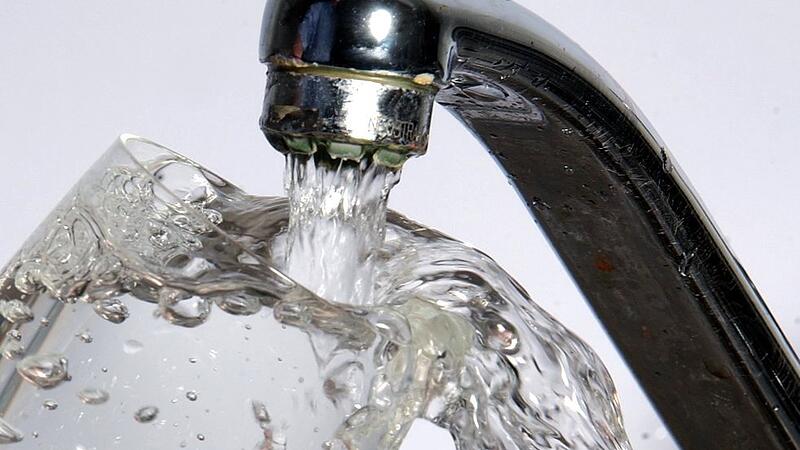The awareness of saving water can be significantly expanded and the savings potential of up to 40 percent is enormous, according to the result of a market agent survey commissioned by the furniture giant Ikea. More than three quarters of the population do not know how much water they use at home, according to the presentation of the results of around 3,000 interviews conducted at the end of June/beginning of July on Tuesday. The assessment of the daily water consumption per person with an average classification of 61 liters is more than half lower than it actually is. This amounts to 130 liters and is made up as follows: around 22 percent (28.6 liters) is used for showering and bathing and 25 percent (32.5 liters) for flushing the toilet. Outside (pool, plants) it is 14 percent (18.2 liters). 27 percent (35.1 liters) flow through taps in the bathroom, toilet and kitchen.
Incidentally, according to the survey, a third do not know where the tap water in their own household comes from. “It’s certainly not about denouncing ignorance – quite the opposite. By publishing the study results, we want to provide important impetus for us as a society to develop a more conscious approach to our water consumption,” emphasized Florian Thalheimer, Country Sustainability Manager at Ikea Austria.
In some areas, however, Austrians are already making use of the first savings opportunities, as the survey also showed. 77 percent stated that they loaded their washing machines optimally. 75.9 percent avoid running taps if possible and a third (33.5 percent) use rainwater to water their plants. Only 3.5 percent do not take any measures to save water.
Much more could be done relatively easily, it was said today – namely with little means, simple changes in behavior and without sacrifices. A lot could be achieved just by repairing dripping taps and defective toilet cisterns. “A single dripping faucet with a water loss of eight milliliters per minute – that’s about 16 drops – wastes 4,200 liters or 28 full bathtubs per year,” Thalheimer calculated. Water-saving faucets and shower heads can also be useful. The first is currently used by a quarter of those surveyed (24.7 percent), the second by almost a third (32.2 percent).
Tap water costs in Austria are extremely low
But there are also misperceptions. One of the classics is the assumption that showering saves more water than bathing. A full bathtub holds around 150 liters of water. A 10-minute shower with a conventional shower head uses almost the same amount of water (between 12 and 15 liters per minute).
However, more than two-thirds of those surveyed believe that a shower saves water compared to a bath. It is noticeable here that the proportion of those who believe this increases very sharply with age. “There must have been a major discussion on this topic at some point in the past that manifested this opinion. This significance with age is very striking,” said study leader Lena Wittmann of Marketagent.
It is also exciting that the Austrians underestimate or overestimate the possibilities through various measures. If you take the example of the water-saving fittings: a water consumption reduction of around 40 percent is possible here. 57.9 percent believe that the potential is significantly lower and only 16.2 percent think that the technology can save more. On the other hand, the annual cost savings that can be achieved by investing in water-saving fittings is far overestimated by 88 percent and only correctly assessed by around eleven percent of those surveyed.
The cost savings for an average household with four people and a consumption of around 10,000 liters of water per year (approx. 55 full bathtubs) are between 15 and 30 euros. This also has to do with the fact that the costs for Austrian tap water are extremely low in global comparison. Depending on the region, it is between 0.0015 and 0.003 euros per liter of water. However, respondents estimated the average savings at 237 euros per year. Thalheimer’s conclusion is therefore: “Those who save water do so primarily for the environment and only secondarily for their wallets” – which is just as important.
Despite the predicted increase in water demand in the future, people do not have to worry: Only in worst-case scenario calculations by experts will it be the case in some Austrian regions in the country that more water will be consumed than groundwater is available it. “Austria is an enormously water-rich country with excellent drinking water quality. However, climate change is also changing the distribution of water resources in this country and there are regions that temporarily suffer from water shortages. We can all make a positive contribution with small investments and simple changes in behavior when it comes to saving water make a big difference,” concluded Thalheimer.
Source: Nachrichten




